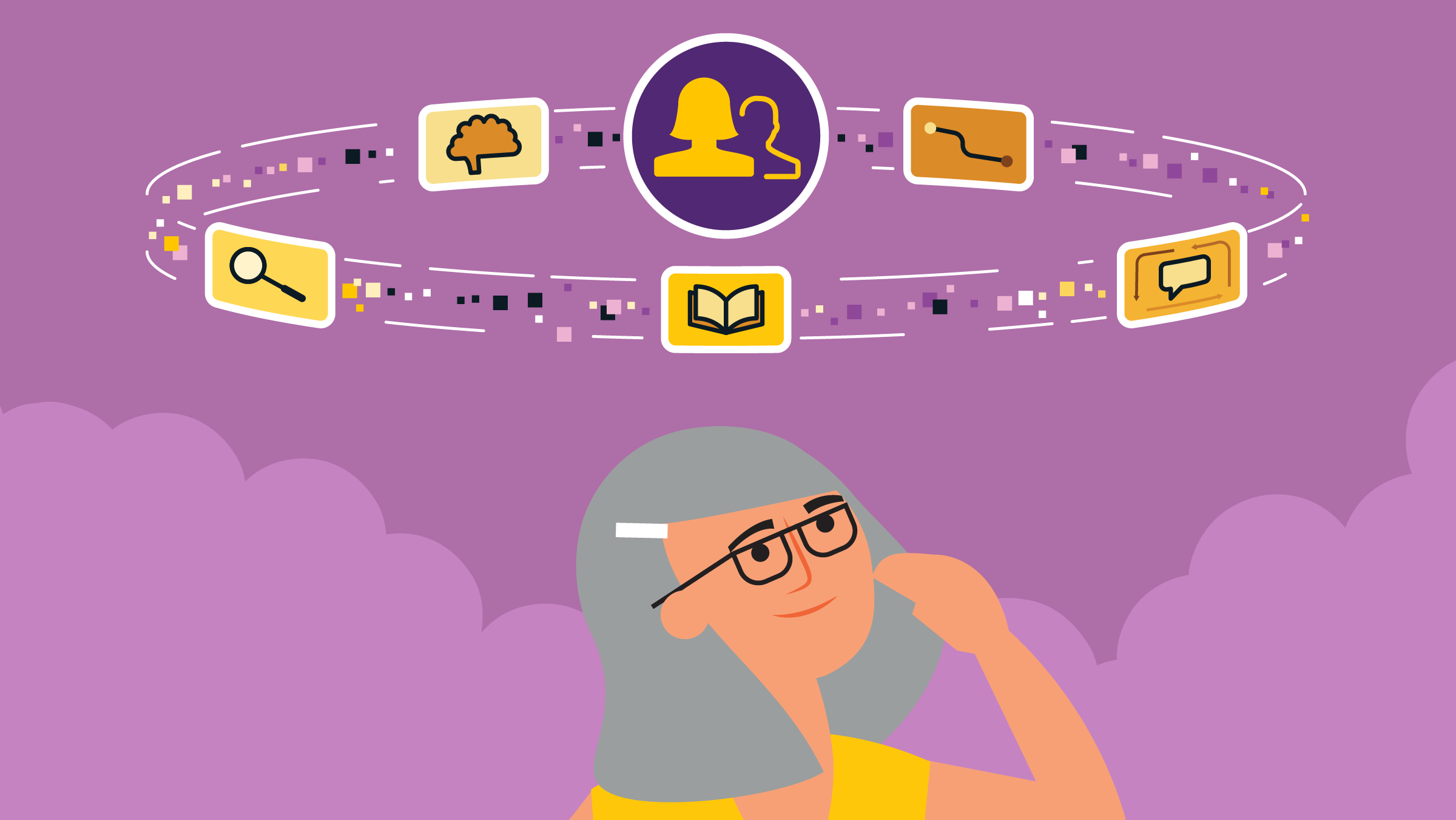The world has shifted in the past few years, and organizations that wish to remain vital now more than ever must focus on the customer experience.
It’s early 2023, and I have to send a wire to somebody. Despite the abundance of digital banking conveniences, I actually have to get dressed (make of that what you will), get in my car, and drive to the branch to send this wire—and I’m a bit peeved.
As a society, we’ve become accustomed to curbside delivery, telehealth doctor’s appointments, and online shopping. Once pandemic health and safety necessities, these conveniences are now embedded in our psyche—and we expect new levels of service from the businesses and organizations we frequent.
In short, organizations need to rethink customer centricity for our new reality.
The Difference Between Customer Centricity and the Customer Experience
To do this, we must understand what our customer—defined as a consumer or user of a product or service—wants. We cannot assume what we provided before the pandemic will meet the needs and expectations of today’s consumer.
We also need to recognize the difference between customer centricity and the customer experience. While many think the terms are interchangeable, customer centricity is actually an approach, whereas customer experience is an outcome of our approach.
Five Steps to Reevaluating Your Customer Centricity Strategy
If your organization is trying to figure out how to evolve to a hybrid model—as many organizations are doing today—you are already engaging in a cultural strategy that directly influences your approach to customer centricity.
Here are five steps to harness that energy and enhance the customer experience, which will help your organization thrive in today’s post-pandemic world.
Step 1. Mindset first.
Customer centricity starts from within. When you start a conversation around customer experience, be open to thinking differently about the way in which you operate to enhance the customer experience.
Step 2. Explore what you know.
Ask yourself the following questions:
- How is customer centricity being discussed within my organization?
- What do I know about our typical customer’s experience today, and where am I getting this information?
Step 3. Expand your view.
In our experience, the first epiphany people have when starting on a customer centricity journey is they don’t see the customer’s actual journey.
Nine times out of ten, they see it only from their point of view, through a keyhole. They fail to go upstream and downstream of their own experience to understand what the customer is doing before and after they meet them.
Rather than saying, “this is how we do things here,” put yourself in the customers’ shoes and try to understand their needs. This takes empathy—and the Empathy Map can help you better understand customer motivations and decision-making.
Step 4. Collect and respond to continual feedback.
Part of being customer-centric is putting a structure in place to get regular customer feedback. This is not reactive—rather, it’s intended to be a proactive way to stay in the loop.
Keep in mind you can’t just go through the motions of collecting information. You have to make shifts to respond to the feedback you collect. Play back to your customer what you’ve done with their feedback and integrate those changes in your product, service, or organization.
Step 5. Map the journey.
Taking what you’ve identified through empathy mapping, map out the customer’s journey to identify all touch points the customer has with you or other vendors. This will help you more deeply understand and intentionally design the interactions your customer has.
Determine which of those touch points are positive and which are negative, and why. This exercise starts to help you get a real picture of opportunities to make the customer journey better.
Customer Centricity is a Growth Strategy
Today, many organizations are rethinking their approach to customer centricity because widespread societal change demands organizations change to meet it. Some companies change faster than others, and the ones that don’t will be left behind.
According to a PwC report, poor experiences drive customers away quickly. This is why customer centricity is vital to growth. Approximately 32% of customers will walk away from a company they love after one bad experience—and 54% of U.S. consumers believe most companies need to improve the customer experience.
So what do customers want? Almost 80% of consumers say speed, convenience, knowledgeable help, and friendly service are the most important elements of a positive customer experience.1
A Win-Win Strategy
You can create the experiences customers want—and that will keep them coming back.
Using empathy, customer feedback, and journey mapping, you will pinpoint opportunities for improvement that will ultimately create better experiences for customers—and a brighter future for your organization.
1 Tom Puthiyamadam and José Reyes. “Experience is everything: Here’s how to get it right.” PwC report. Experience is everything: Here’s how to get it right (pwc.com)
Additional Resources
To learn more about enhancing your approach to customer centricity, we recommend the following resources:
- 3 Powerful Worksheets to Help Your Company Be More Customer-Centric
- Why Customer Centricity Is a C-Suite Commitment: 12 Characteristics of a World-Class Cx Strategy
- Five Steps to Transforming the Customer Experience and Accelerating Growth
- Building a Customer-Centric Culture by Visualizing Your Customer’s Experience
- Webinar Recording: Attract, Retain, and Delight Your Customers: How to Create a Customer-Centric Company
